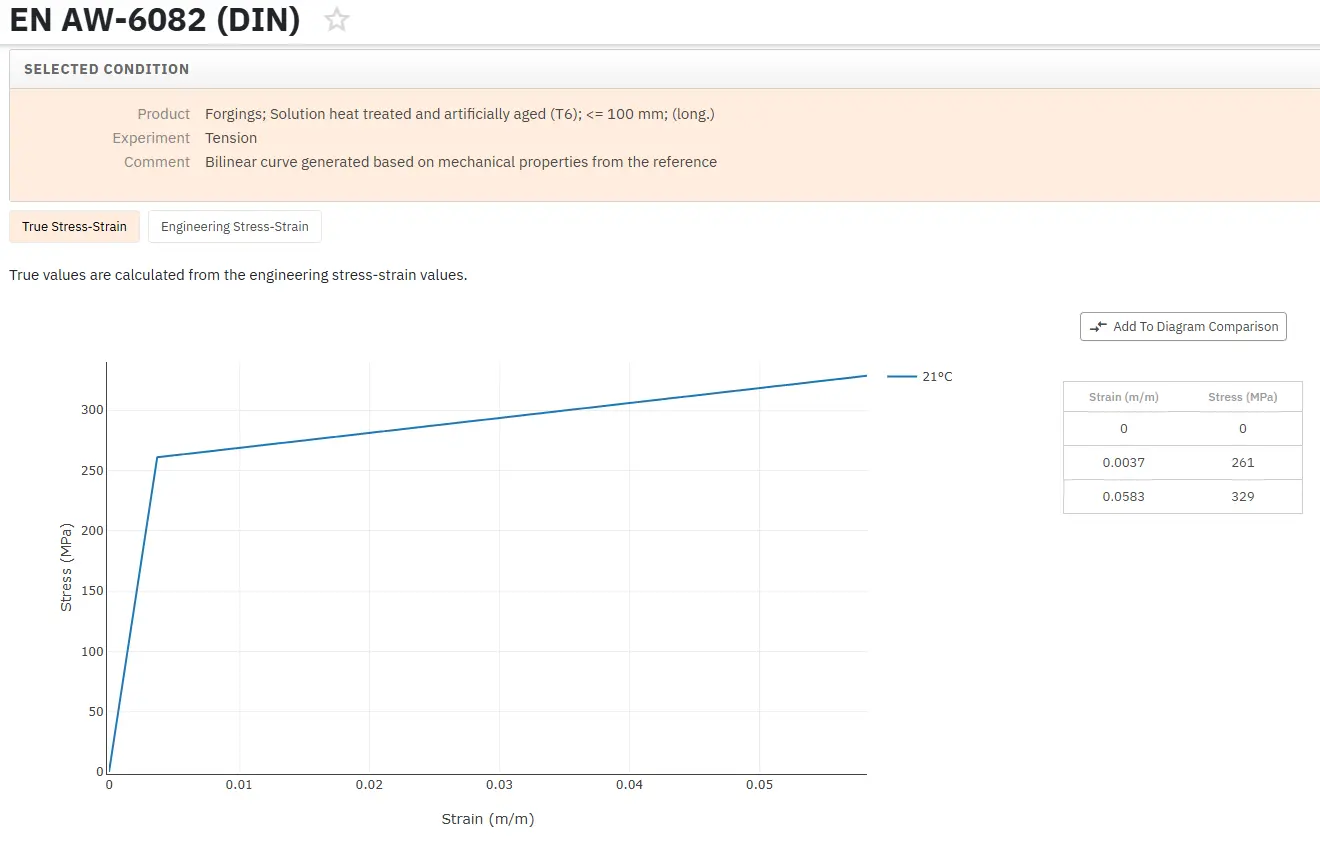The Rotary Forge
Abstract
The rotary forge machine developed by Austrian firm GFM revolutionizes the manufacturing of large, hollow, high-strength steel tubes such as cannon barrels. Designed to reduce material losses and production costs, it enables hot and cold forging of cylinders up to 22 inches in diameter and 33 feet in length with high dimensional precision. The machine's unique forging method minimizes surface defects and vibration, improving mechanical properties, including toughness and fatigue life. Cold forging capabilities include rifling integration and single-pass reductions of up to 17%. This technology offers substantial economic benefits, cutting forging costs by up to 50% and fabrication time by 40%, marking a significant advancement over conventional forging processes.
Introduction: Need for Advanced Forging Methods
The demand for cost reduction in military and civil manufacturing of large steel tubes—particularly large-caliber cannon barrels—prompted the development of innovative forging processes. Conventional manufacturing resulted in substantial material loss and inefficiencies, motivating factories to pursue techniques producing parts closer to the net required shape.
A major breakthrough came with the rotary forge machine developed by the Austrian company GFM (Gesellschaft für Fertigungstechnik und Maschinenbau AG). This machine transformed forging methods for large, hollow steel cylinders by enabling precise hot and cold forging, thus minimizing waste and improving mechanical performance.
Machine Capabilities and Technical Specifications
The rotary forge machine, located in the USA, handles hollow or solid cylinders with maximum starting diameters of 22 inches and minimum hole diameters of 2.5 inches. It can forge cannon tubes up to 33 feet in length. At 195 feet long and weighing 935 tons, it is the largest machine of its kind.
The forging occurs within a self-contained forging box, where four axially symmetric forging hammers strike the workpiece. These hammers are synchronized so that the rotational motion pauses momentarily to prevent surface tearing or shearing during hammer-to-metal contact. Each hammer delivers up to 1100 tons of force, with reaction forces absorbed by the forging box rather than the foundation, reducing noise and eliminating vibration transmission to the building structure.
A numerical control system automates the entire forging sequence, including loading and unloading, ensuring dimensional precision beyond operator-dependent conventional presses. A mandrel inside the machine ensures that the forged cannon tube attains the proper internal hole size for subsequent finishing, overcoming the limitations of open-die press forging, which cannot form hollow barrels directly.
Forging Process and Material Efficiency
The machine is equipped with two large chuck-jaw heads on either side of the forging box. Initially, the workpiece is clamped by one chuck jaw. As forging progresses, the opposite chuck jaw takes up the partially forged piece and ultimately supports it fully, enabling the forging of a full-length cannon tube in a single pass with minimal material loss.
Practice shows that material losses with rotary forging are approximately eight times lower than conventional methods. Although "loss" refers to material removed during machining, most of it is remelted and recycled for additional parts. Since rotary forging starts with hollow workpieces derived from electroslag refined (ESR) ingots, total material loss is significantly less than traditional solid forging.
Tolerances during hot forging are tightly controlled, with wall thickness variation ranging from 0.044 to 0.060 inches. The process exhibits excellent repeatability thanks to numerical control. By contrast, conventional forging achieves similar tolerances only after extensive machining—external surface finish turning and internal hole trepanning. Rotary forging yields internal diameter variations less than half those from conventional methods.
Material Properties and Mechanical Performance
Because the rotary forge process is used in manufacturing cannon barrels, where high-strength steel alloy properties are critical, the effect on mechanical characteristics was carefully studied. Comparisons between rotary-forged and conventionally forged tubes after heat treatment reveal more uniform mechanical properties in rotary-forged material.
Toughness values are consistently higher with rotary forging, beneficial for fatigue life and durability under operational stresses. These improvements in material quality contribute to safer, longer-lasting cannon tubes.
Cold Forging Capabilities and Rifling Integration
Experiments demonstrated the rotary forge machine's cold forging ability, achieving a single-pass material reduction of 17%. A mandrel with the precise rifling geometry and helix angle allowed the rifling to be formed simultaneously with tube forging.
The rifling dimensions and tolerances met or exceeded those of traditional rifling processes, and bore surface finish quality improved significantly. The external surface finish was smooth enough to require no further machining, free of detrimental discontinuities.
Further tests on cold forging thick-wall howitzer tubes (initial yield strength 176 ksi / 12 bar) confirmed feasibility with a single pass average reduction of 15%. Yield strength and ductility specifications were met, especially in the critical transverse (hoop) direction that experiences maximum firing stresses.
However, toughness values were marginal and slightly below specification, indicating a need for further tooling optimization, thermal treatment improvements, and controlled metal flow to achieve satisfactory mechanical properties throughout the tube.
Economic Advantages and Conclusion
The rotary forge process offers substantial economic benefits. Hot forging applications alone have demonstrated cost reductions of approximately 50% compared to conventional methods. Cold forging of thin-wall tubes with integrated rifling reduced fabrication times by up to 40%.
Significant savings are also realized in finishing operations for all large-diameter and cannon tubes when using the rotary forge in cold forging mode, further lowering overall production costs.
The rotary forge technology represents a major advancement in the manufacturing of high-strength steel tubes, combining efficiency, precision, and improved material properties to meet demanding military and civil applications.
Encontre instantaneamente propriedades de materiais de forjamento!
Total Materia Horizon contém milhares de materiais adequados para forjamento, com suas propriedades mecânicas e físicas, diagramas de tensão-deformação, incluindo altas temperaturas para forjamento a quente e muito mais.

Obtenha uma conta de teste GRATUITA na Total Materia Horizon e junte-se a uma comunidade de mais de 500.000 usuários de mais de 120 países.